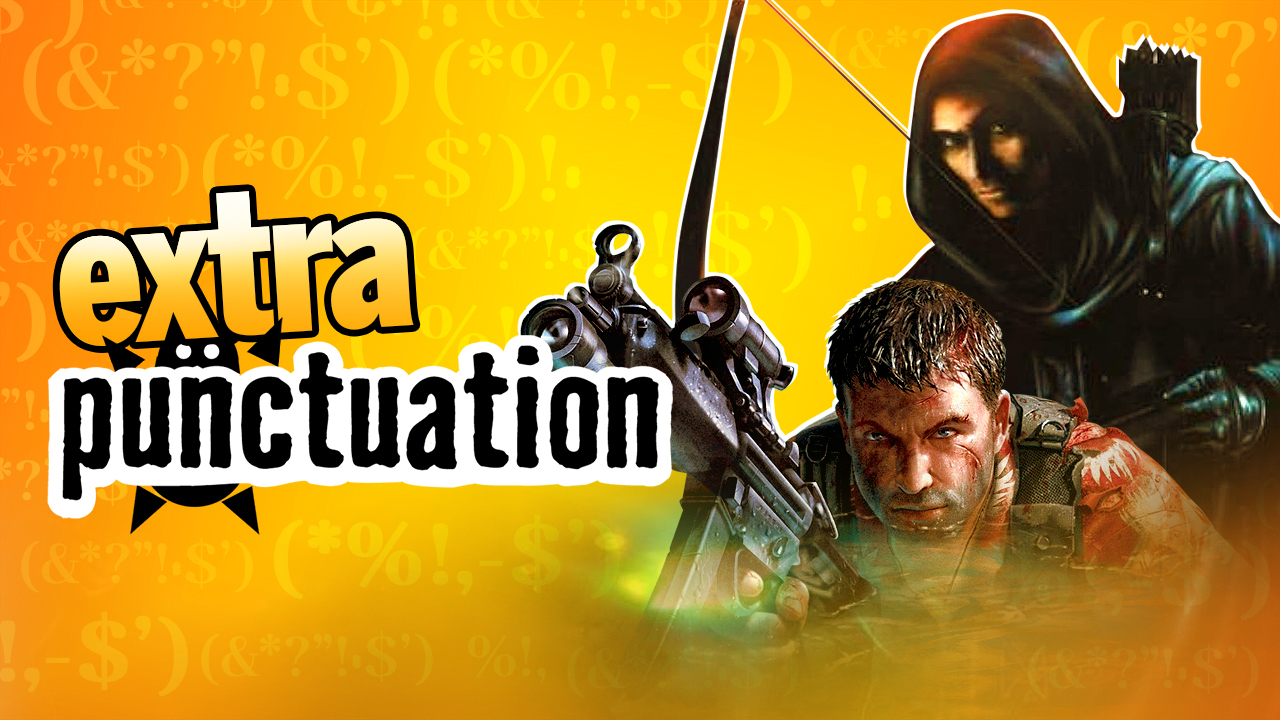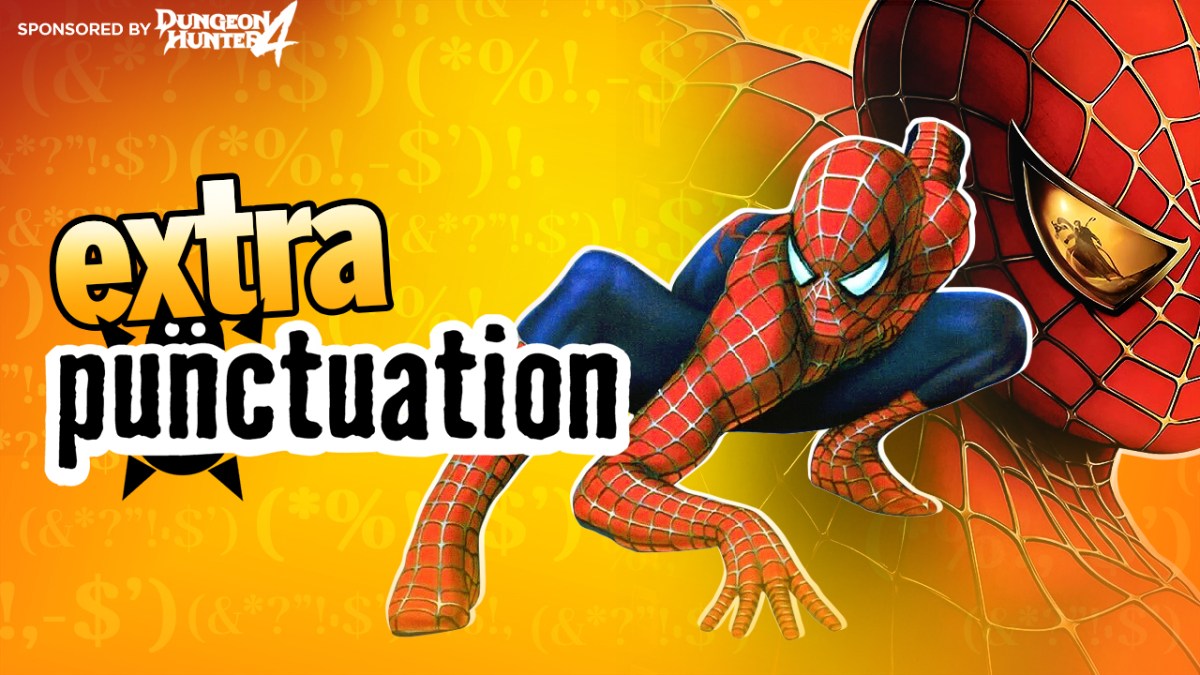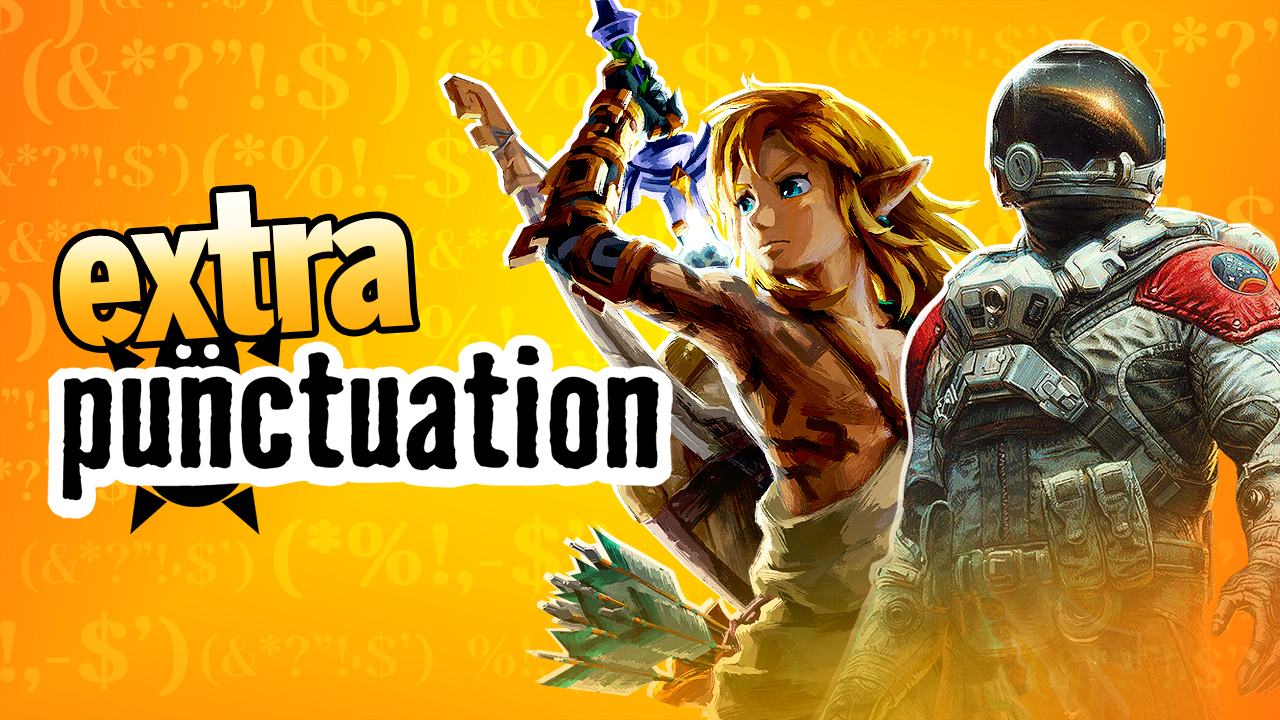
The trouble with Watch_Dogs and a lot of sandbox games these days is that there’s just too much sandbox and too little game. Summarizing opening sentence deployed; commence lengthy clarifying waffle.
I think the term ‘sandbox game’ needs additional sub-categorization, because the genre is widespread enough (hey, remember when we used to call them ‘GTA clones’?) that some fairly deep distinctions have emerged. The key is that there is a difference between ‘pure’ sandbox games, in which all gameplay exists for its own sake and the player dictates what fun they extract (Minecraft would be the extreme example of that), and the other kind of sandbox game that also has a linear narrative with an ultimate goal.
Sandbox has always had a difficult relationship with narrative. The story tends to be kinda weak, because there can’t be much in the way of major status-quo changing events, as the player always has to be able to go back to the same sandbox between missions. But if you make the narrative too strong, then you get the GTA problem where the game seems to be taking place in two disparate worlds. One chaotic orgy of cathartic violence, where nothing counts, and another one you go to when you’re ready to take things seriously.
These days what I see often in sandbox games is introducing side activities as part of the critical narrative path. One example in Watch_Dogs is when Aiden Pearce comes up against a people-trafficking ring, and this starts a round of side quests based around finding more of the sinister chaps behind it. But since it’s a side quest, and the game needs to allow for the possibility that the player is going to completely ignore it, it never comes up in the main story again. If you summarized the story to someone who knows anything about narrative design, they would immediately wonder what the point of the whole incident was and why it wasn’t resolved.

I’ve played a lot of sandbox games that had two endings, neither of which satisfied. The story ending comes first, but since it usually sets up post-ending-fuckabouts-mode, there can’t be any kind of satisfactory conclusion to the main character’s situation. The second ending comes after you’ve finished with fuckabouts, and often that isn’t even marked. You just get to look at the little number showing 100% completion on the stat screen, and then what? Just stop playing, I guess. After a little wank.
Watch_Dogs has the recurring Assassin’s Creed problem, aka the Red Dead Redemption problem, wherein the main ambition seems to be to create a toybox of disparate activities and leave the player to do what they enjoy and let everything else go hang. But unless every activity is rooted in some kind of innovative core gameplay mechanic, a player could just as easily play a driving game if all they want to do is drive, or a shooter if all they want to do is shoot. There has to be some kind of cohesion, because otherwise, there’s no point. A story can offer cohesion, but the side activities have no effect on the course of the wider narrative. You see the issue?
But the solution for keeping it all cohesive, for keeping narrative, mandatory-gameplay and side-gameplay all tied together and working as a big happy team, seems pretty obvious to me. All it takes is one stat, which most of these games already have. Money, or XP, or whatever it is that every activity in the entire game gives you a little bit of. You tell the player they can’t do the next plot mission until they’ve earned a minimum amount of whatever it is, a la No More Heroes, and that you don’t care how they save it up.
So they just go off and do whatever side stuff appeals to them for a while. As well as granting time to let them appreciate the sandbox world, it puts an effective cooling-off period between story events to really pace things out nicely. Bish, bash, and furthermore, bosh. Sorted. You see, ‘side activity’ doesn’t necessarily mean ‘optional activity’. If you let the player pussy out all the time, you might as well stick a big red ‘WIN GAME’ button in the middle of the city.
But what about after story end? I’m glad you asked. At that point, you add a new item to the in-game shop that costs ten times as much as any of the missions did, and this item should be the one that totally breaks all the challenge in the game but makes it pure cathartic fun. Like a weapon that fires enemies into space. So the players keep working the side stuff until they can afford it, they tear shit up for a while as their reward for sticking around, then when they’re done, let them drop a nuke to destroy the entire game world and ensure no-one can ever go back there ever again. That’s how you do a sandbox game. Bam. You’re welcome.





Published: Jun 17, 2014 04:00 pm